Cacio e Pepe: The Ultimate Guide to This 4-Ingredient Italian Dish
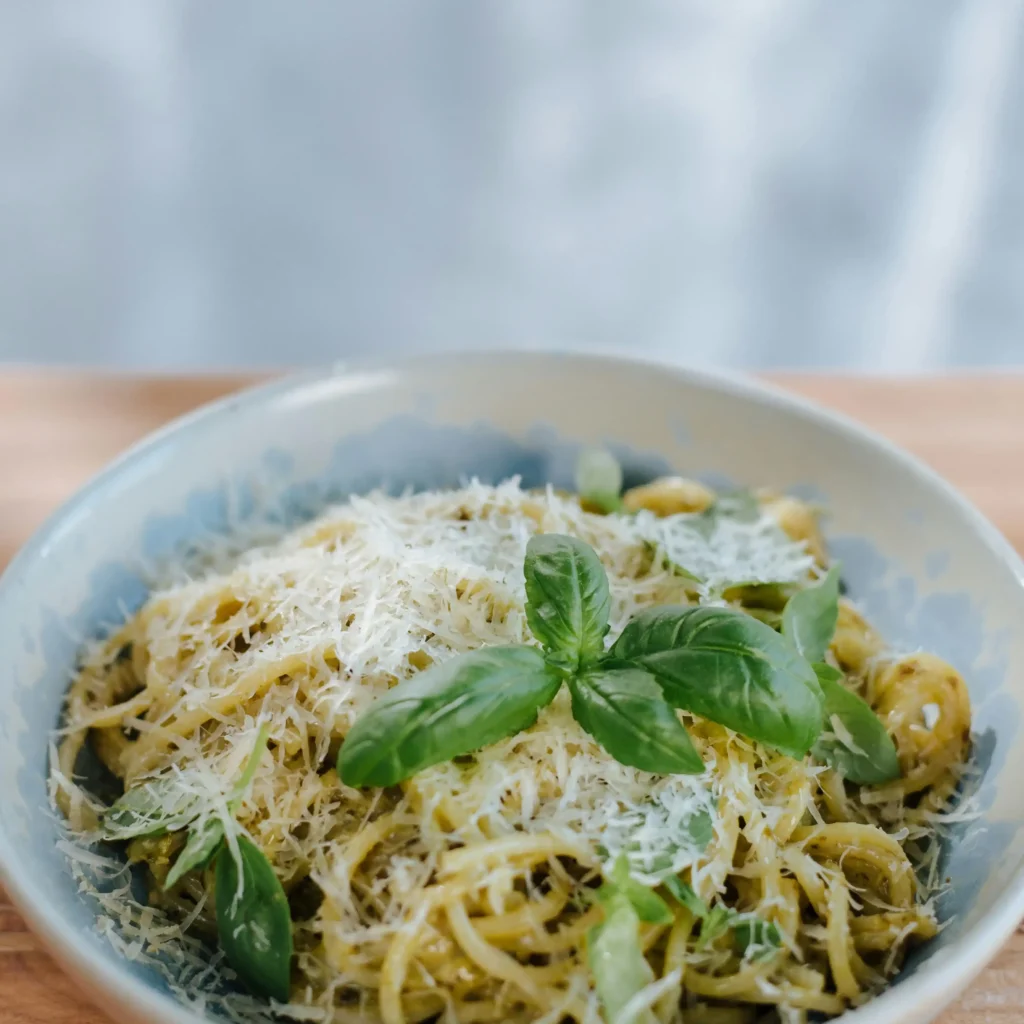
Now speaking of Italian dishes that are simple yet delicious the recipe that takes the honors is none other than the Cacio e Pepe. This traditional Roman pasta dish translates to "cheese and pepper" in Italian, highlighting its two core ingredients: Romano cheese and black pepper and. It is the simplicity of preparation that relates to the ordinary pasta and tricks to make it outstanding that distinguishes the Cacio e Pepe recipe for its exceptional deliciousness where the basic ingredients are used to make a creamy sauce without the use of butter, cream or any other ingredient.
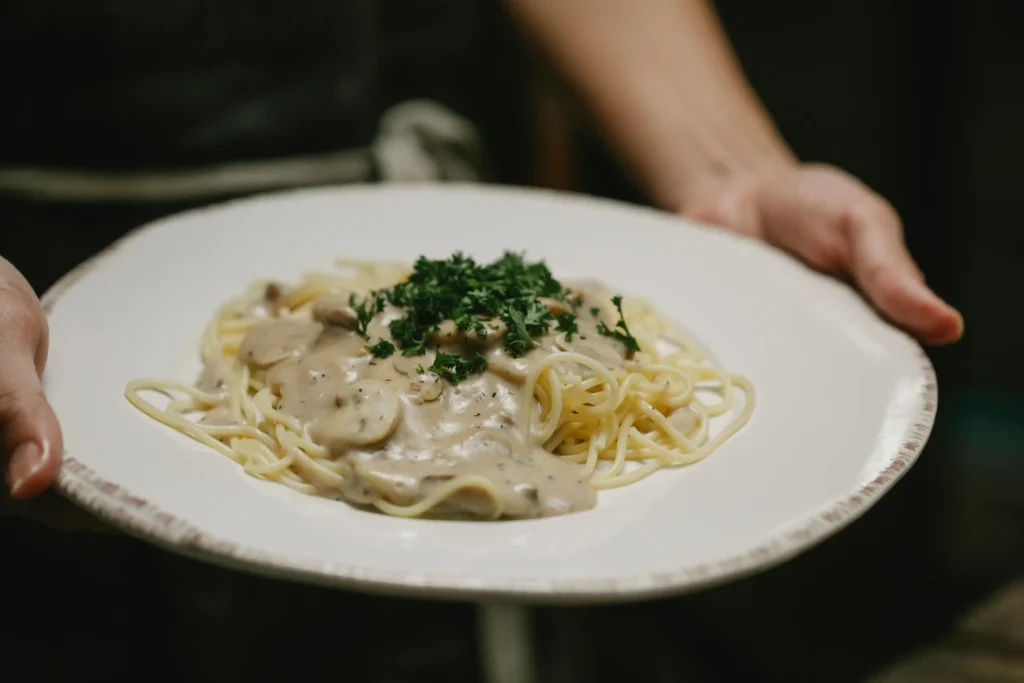
You might think that Cacio e Pepe would quite literally be too basic to taste this good, but the whole dish is an elaborate combination of flavors and actions. This sauce is based on Pecorino Romano, sharp, salty sheep’s milk cheese. But when mixed with freshly cracked black pepper and hot pasta water, it forms a thick and silken pool that lies consistency over the pasta. The pepper subsurface heat blends very well with the cheese to make it a perfect delicacy.
Cacio e Pepe has a long history that is associated with the basics of the ancient Roman shepherds’ feed. Pecorino Romano cheese and pasta were produced as common sources of food; what was more, the ingredients were rather easy to acquire and transport. This flatbread merged into the dignity of Roman food and was savored by the Romans as well as by strangers. Now, Cacio e Pepe is equally famous in various parts of the world; people like dishes that are quite simple to prepare, tasty, and require minimum time to cook.
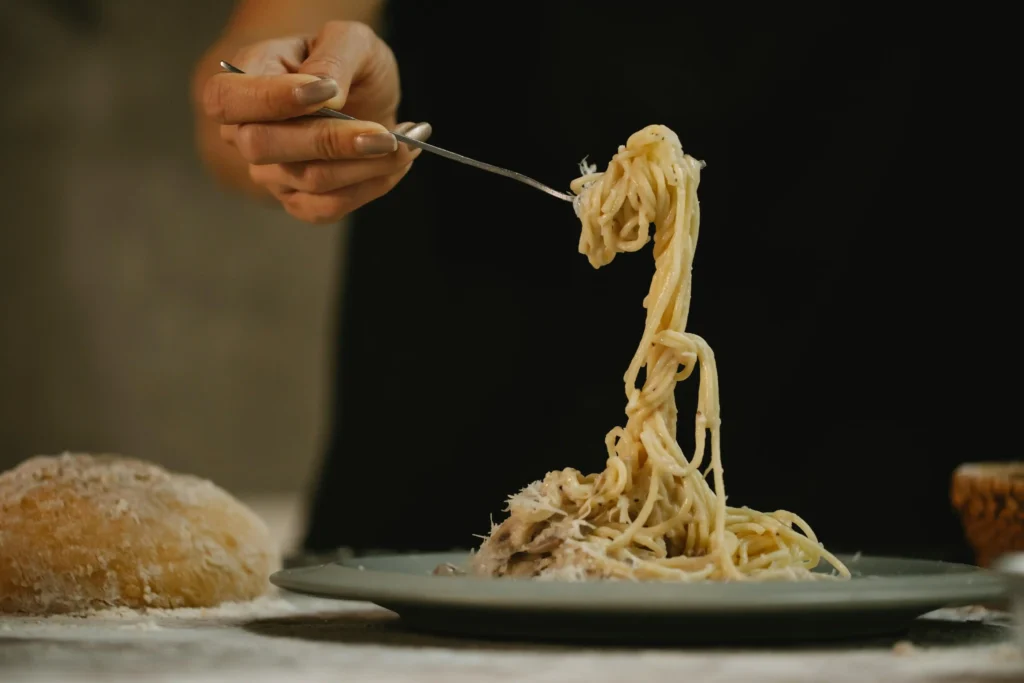
This is the last of several critical features that make it easier for one to prepare cacio e pepe yr ideal for mastering. The cheese must be grated thoroughly to enable it to dissolve properly in the sauce while hot pasta water is used for rinsing off the cheese to give it a creamy consistency. Some of the ingredients must be added while the pasta is hot so the sauce sticks to the spaghetti or tonnarelli, the short, square spaghetti popular in Rome.
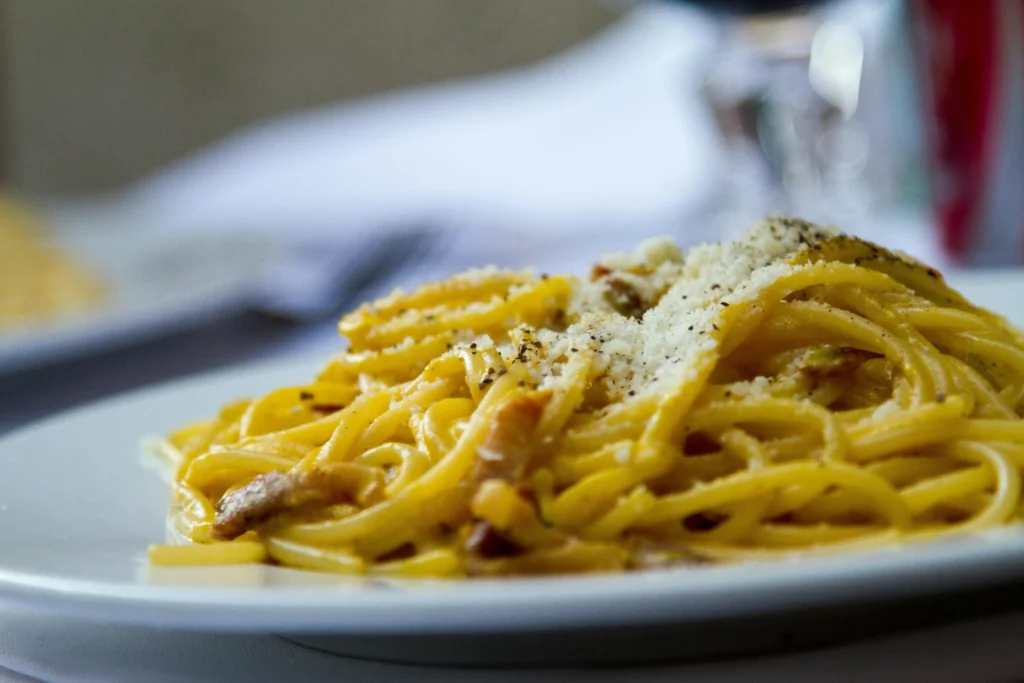
Even more important is the type of pasta used in the preparation of Cacio e Pepe; usually the spaghetti pasta. This is usually spaghetti but tonnarelli, which is a bit thicker and has a square section, is the one used in Roman households. It’s thicker than standard pasta so it can absorb the sauce perfectly and provide a perfect bite. To prepare the dish, Breaking a rule most Italians will frown upon, use whichever pasta shape you prefer; Tomatoes & Fiorentina though it is best to use medium-sized pasta that will allow it to be cooked al dente when incorporated into the sauce.
Serving and Enjoying Cacio e Pepe
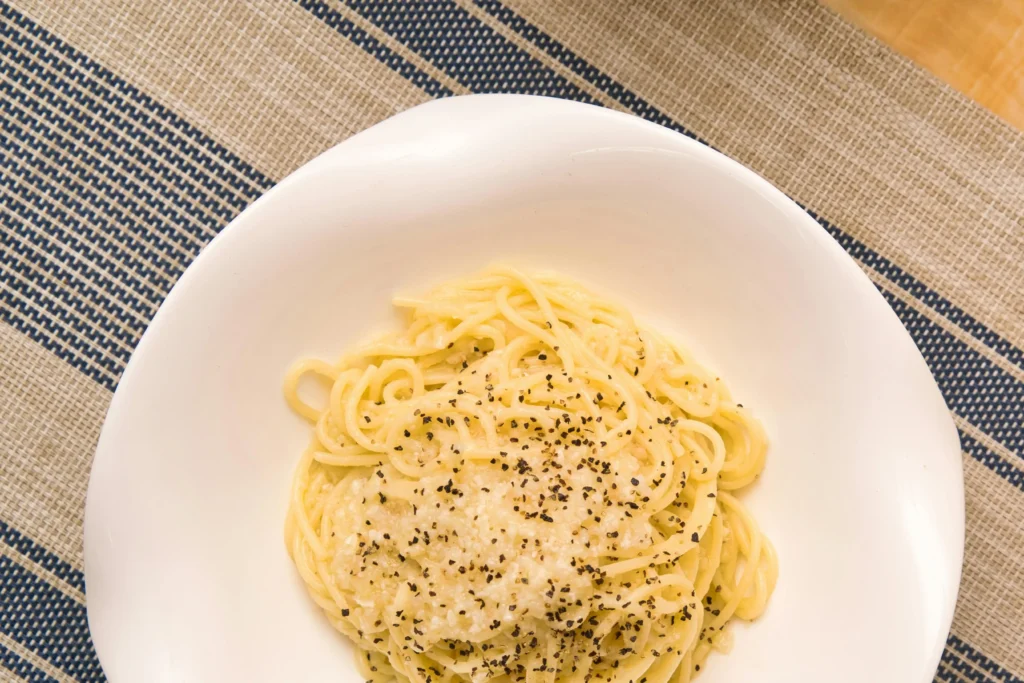
That is why Cacio e Pepe can be served on different occasions, and it cannot be regarded as very complex. Forget about trying to come up with a fast weeknight meal or a special dish to serve to your friends; this pasta will provide soulful satisfaction. The components with which it is made are widely available and the dish can be made quickly, in under 30 minutes, making it ideal for cooks on the go.
Try More Recipe:- Quick and Tasty Pasta Salad: The Best Recipe for Busy Days
Cacio e Pepe ‘cheese and pepper’ is a simple Roman pasta dish that packs great flavors into the pasta. In this flavorful pasta recipe no cream or butter is used and what is used instead is Pecorino Romano cheese and freshly ground black pepper. Excellent for a fast healthy tasty dish!
- 400 g spaghetti or tonnarelli pasta (14 oz)
- 150 Pecorino g Romano cheese, finely grated (5 oz)
- 1 ½ teaspoons freshly ground black pepper
- Salt (for pasta water)
- Parmesan cheese (for a milder flavor, mix with Pecorino)
- Olive oil (optional, for extra richness)
- Boil the Pasta:
Fill a large pot with water and bring it to a boil. Add a generous pinch of salt (around 1 tablespoon) to the water. Once boiling, add the spaghetti or tonnarelli pasta and cook according to the package instructions, until al dente (firm to the bite). Reserve about 1½ cups of the pasta water, then drain the pasta.
- Toast the Pepper:
While the pasta cooks, heat a large skillet over medium heat. Add the freshly ground black pepper to the dry skillet and toast for 1-2 minutes, until it becomes fragrant. This step enhances the pepper’s flavor for the Cacio e Pepe.
- Create the Cheese Mixture:
In a mixing bowl, combine the finely grated Pecorino Romano cheese with some of the reserved hot pasta water. Stir until the cheese melts into a smooth, creamy sauce. Use about ½ cup of pasta water to start and adjust as needed.
- Combine Pasta and Sauce:
Add the drained pasta to the skillet with the toasted pepper. Gradually pour the cheese sauce over the pasta while tossing continuously to coat the pasta evenly. If the sauce is too thick, add more pasta water to achieve a silky consistency. Keep stirring to ensure the cheese and water combine into a creamy sauce rather than clumping.
- Serve:
Plate the Cacio e Pepe immediately while it's hot. If desired, garnish with extra grated Pecorino Romano and a sprinkle of freshly ground black pepper.
Servings 4
- Amount Per Serving
- Calories 420kcal
- % Daily Value *
- Total Fat 15g24%
- Saturated Fat 6g30%
- Cholesterol 40mg14%
- Sodium 495mg21%
- Potassium 300mg9%
- Total Carbohydrate 50g17%
- Dietary Fiber 3g12%
- Sugars 2g
- Protein 12g24%
- Vitamin C 1 mg
- Calcium 510 mg
- Iron 4 mg
* Percent Daily Values are based on a 2,000 calorie diet. Your daily value may be higher or lower depending on your calorie needs.
- Use high-quality Pecorino Romano for the best authentic taste.
- Freshly ground black pepper is crucial to enhance the flavors.
- You can use tonnarelli pasta for a more authentic Roman experience, but spaghetti works perfectly too.